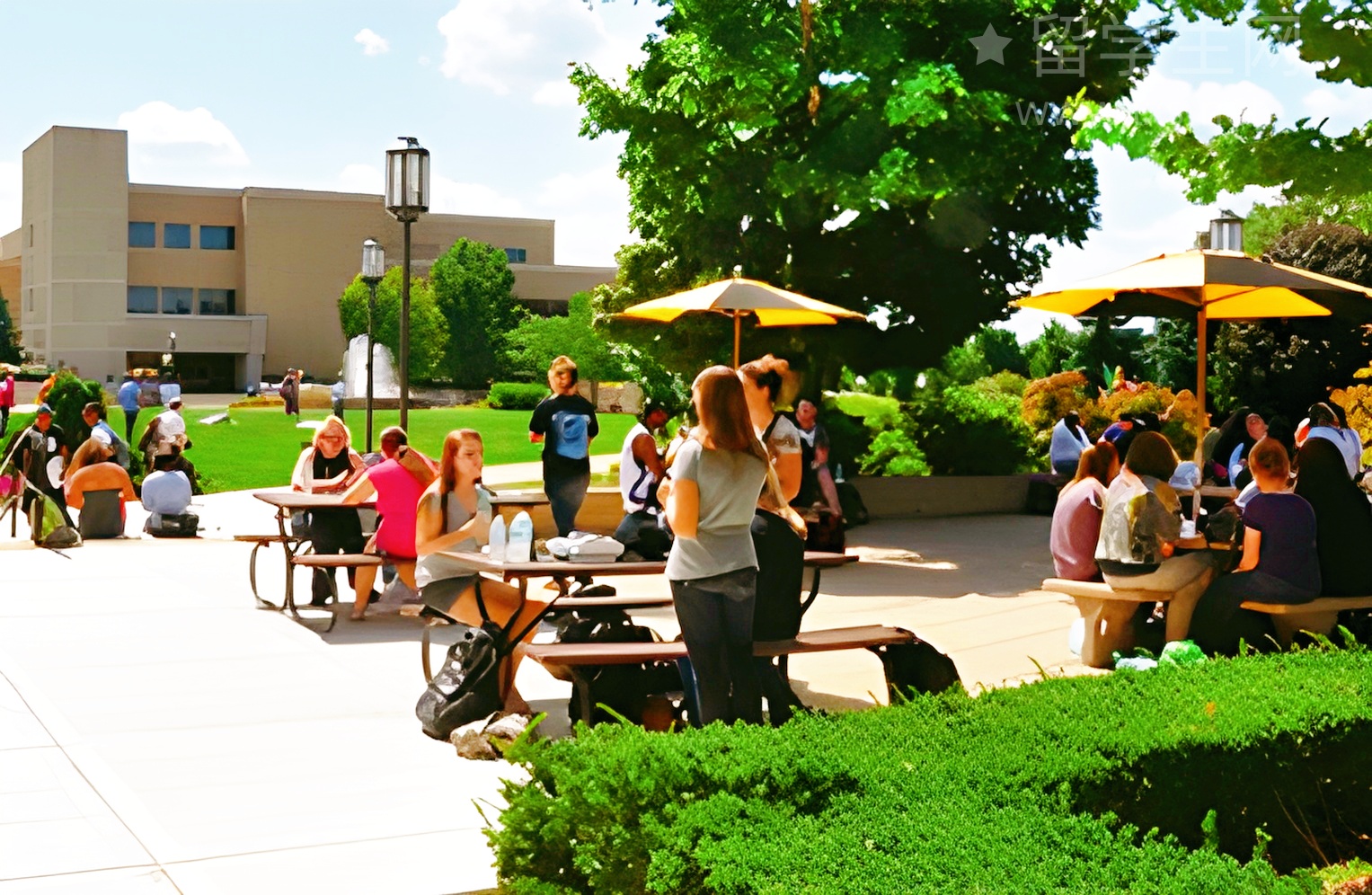| 雅思历史事件题三大回答“雷区” |
|---|
| 1. 误当历史考试:疯狂堆砌年份、人名、地点,以为细节越多分越高,结果变成流水账,毫无亮点。 |
| 2. 缺乏个人色彩:全程像在背诵维基百科,听不到任何“你”的想法或感受,语言干瘪,无法与考官产生共鸣。 |
| 3. 逻辑混乱无重点:东说一句西说一句,没有清晰的结构,考官听了半天也不知道你想表达的核心是什么。 |
嘿,各位烤鸭们!一提到雅思口语 Part 2 & 3 里的历史事件题(Describe a historical event),是不是瞬间头大,脑子里只剩下干巴巴的年份和人名?“我历史不好怎么办?”“那么多事件我哪记得住?”先别慌!其实,考官想听的根本不是你在背历史课本!
这篇文章就是要告诉你一个秘密:高分的关键是把历史事件变成一个有温度、有你个人印记的“故事”。 考官想考察的是你的语言表达能力,而不是你的历史知识储备。只要你能用流畅的语言,有逻辑地阐述一个事件并表达自己的看法,你就赢了大半。
告别死记硬背:你的万能“故事”公式
忘掉那些复杂的背景和细节吧!记住这个超好用的万能公式,任何历史事件题都能轻松套用,让你的回答立刻变得有血有肉,充满吸引力。
公式:个人化切入(Hook)+ 核心事件概述(Core)+ 深度影响分析(Impact)+ 个人感悟收尾(Reflection)
第一步:个人化切入 (Hook) - 为什么是它?
不要一上来就说“我想谈论的事件是XXX,它发生在XXX年”。太无聊了!试着用一个个人化的角度开场,瞬间抓住考官的耳朵。
- 怎么学到的: “I first learned about this event not from a textbook, but from a fascinating documentary I watched last year. It completely changed my perspective on…”
- 为什么感兴趣: “The historical event that I find particularly intriguing is the invention of the internet. As someone who can't imagine a day without it, I've always been curious about its origins.”
这个开头直接告诉考官,这不是背诵,而是你真正感兴趣和思考过的话题。
第二步:核心事件概述 (Core) - 它是啥?
现在,用两三句话简单介绍一下这个事件。记住,是“概述”,不是“详述”!说清楚“Who, What, When, Where”的核心要素即可。
- 示例(以印刷术发明为例): “Essentially, it refers to the invention of movable-type printing by Bi Sheng in ancient China, around the 11th century. This technology allowed for the mass production of books and documents for the first time in history.”
点到为止,把重点时间留给下一步。
第三步:深度影响分析 (Impact) - 所以呢?
这是你答案的灵魂,也是拉开分差的关键!不要只停留在过去,一定要把这个事件和“现在”联系起来,聊聊它的深远影响。
- 对当时的影响: “It was a revolutionary breakthrough at the time. It dramatically lowered the cost of books and made knowledge accessible not just to the elite, but to a much wider audience.”
- 对现在的影响(重点!): “And its legacy is profound. Without it, the Renaissance in Europe might have unfolded differently. Even today, the core principle of printing shapes our modern world, from the books on our shelves to the newspapers we read. It fundamentally paved the way for the age of information we live in now.”
你看,把古代的发明和我们现在的信息时代联系起来,答案的深度和广度立刻就有了!这种跨学科的思维能力,正是学术场景所看重的。当然,要准备好这样有深度的内容,需要平时的积累和思考。如果你在准备雅思或其他学术论文时感到吃力,留学生网的智能平台会是你的得力助手。我们强大的AI技术和多学科支持的模板库,能帮你快速构建逻辑框架,找到地道的学术表达。
第四步:个人感悟收尾 (Reflection) - 你咋想?
最后,用一句个人化的感悟来漂亮地收尾,再次强化你的思考。
- 示例: “For me, this event is a powerful reminder that a single innovation can completely alter the course of human history. It teaches us the immense power of sharing knowledge.”
加分语言“调味包”
光有结构还不够,用上一些地道的表达,能让你的故事更“好听”。
- 表示重要性: a turning point / a landmark event / a pivotal moment / it played a crucial role in...
- 表示影响: its legacy can still be seen today / it paved the way for... / it had a profound impact on...
- 表达观点: from my perspective / what strikes me most is... / I reckon that...
总而言之,下次再遇到历史事件题,别再把它当成洪水猛兽。把它看作一个分享你独特见解的机会,用“讲故事”的思路,将个人情感与宏大叙事结合起来。这不仅能让你在考场上脱颖而出,更是培养批判性思维的绝佳练习。
希望这个“故事公式”能帮到你!如果你想获得更多针对性的备考策略和高效的学习工具,欢迎随时访问留学生网。我们领先的智能算法能根据你的需求,为你匹配最合适的学习资源和写作辅助,助你轻松攻克学术难关。






